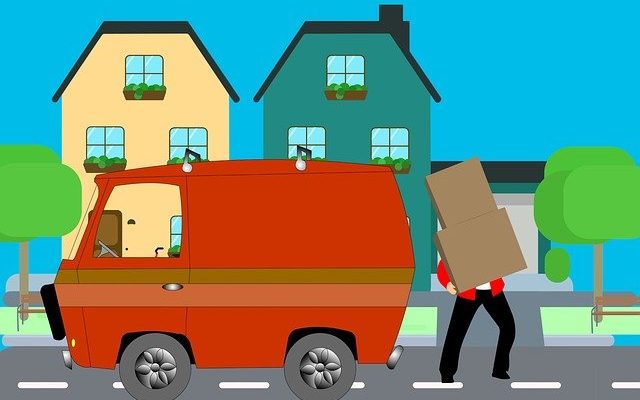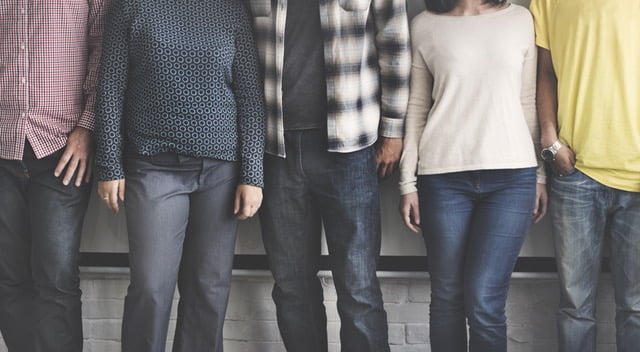How to Pack Dishes For Moving? 3 Storage Tips

Moving houses is a tiring and draining task unless you’re lucky enough to have moving companies to rely on. If you go into it without a clear plan of how to tackle packing, then chances are that you’re making life difficult for yourself during the packing process as well as the unpacking process.
And no one wants that! When you have spent years collecting beautiful dishware, tea sets, or bowl sets, you don’t want to move to a new house only to realize that your favorite plate has a chip on it.
But don’t worry! Even if you don’t have the comfort and ease that comes with moving companies, you can still make sure that your packing is as seamless as possible, with minimal to no damage to anything.
Gather Your Supplies
The first and most important thing when you begin your packing process is to make sure that you have strong, sturdy, and preferably plastic boxes for your dishes and other kitchen-related items.
Moving companies usually come with these, so if you can’t find any, contact them! If you know that there’s a chance your dishes might break, then make sure you set it aside for the strong boxes.
Don’t opt for boxes that are on the larger side for your fragile items; instead, select smaller boxes; if you put all your heavy crockery and dishes in one or two large boxes, imagine how devastated you would be if one of them fell, or something in there broke.
Know the Difference between Packing Different Dishes and Bowls
When it comes to packing plates and bowls, there are a few really simple steps that you need to follow in order to make sure that nothing breaks during moving.
- Grab a lot of newspapers or bubble wrap. Newspapers are much more economical since they’re easier to find (they might be lying around the house, or you can buy them cheap in bulk). Make sure they’re large enough to wrap around and scrunch up your dishes all the way around.
- Place your packing material on the surface (floor, table) you’re packing on, place the first dish on it, and start folding the packing material inwards until the dish is covered
- Put the next dish or plate on top of the packed dish with packing material underneath, and do the same process until it’s covered. Secure with tape.
- When packing them into the box, remember that you should not stack them on top of each other, since this has a higher chance of breaking them through pressure. Instead, try adding DIY cardboard dividers, and place the dishes on their sides.
- Packing bowls is much of the same process. Grab your packing material, place your bowl on top and fold the material inwards. Place on their sides in a box. The only difference between plates and bowls when it comes to packing is that bowls need to be packed slightly looser than plates. Their rounded shape makes them more prone to breakage due to packing pressure during the move.
Remember to Leave Space for Filler Material
This one is a trick that moving companies swear by which is often forgotten by people, assuming that it doesn’t have too much value, or that it’s a waste of time (and space!), but they surely regret it once they open their dishes after moving to find that much more of their dishes have suffered than needed to.
When you’re packing your dishes, whether it’s a plate or a bowl, a tray or anything else, it’s important to know which ones should be stacked on top of each other, and which ones need to be stood on their side, surrounded by filler material like peanuts or newspaper.
Most of the time, when it’s a dish that you’re packing, it’s better to stack it standing on its side with filler material, with at least one inch of space left at the top for more.










